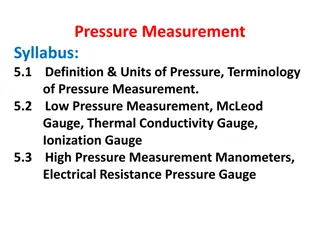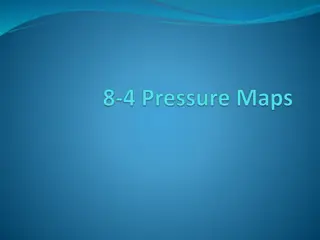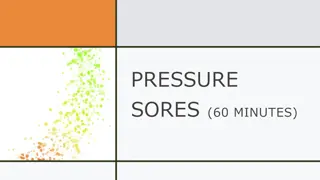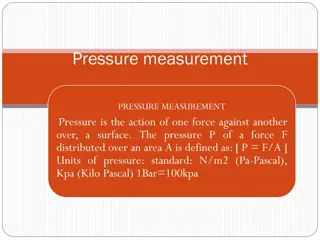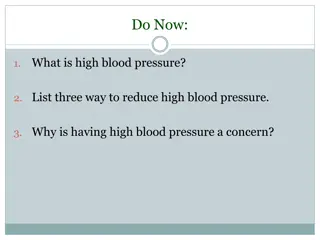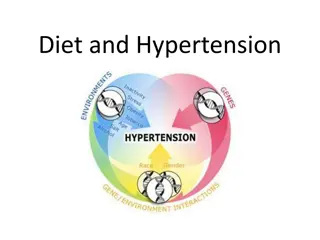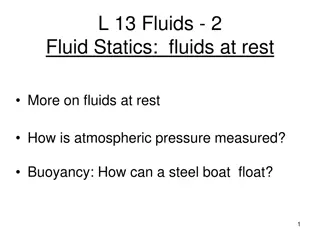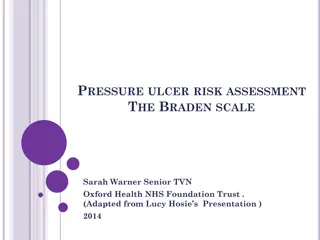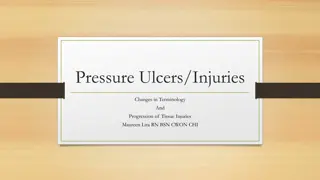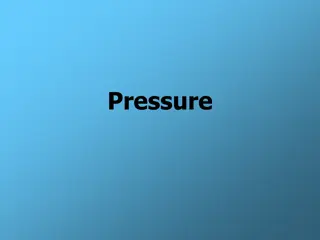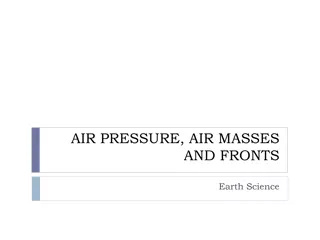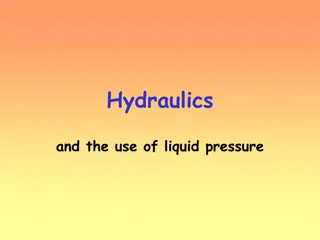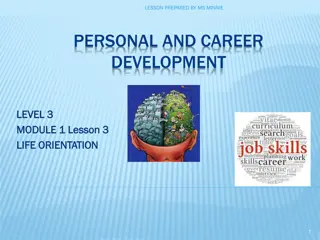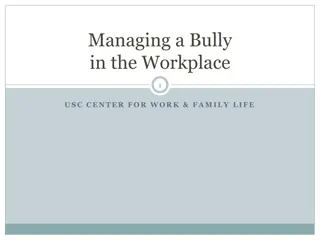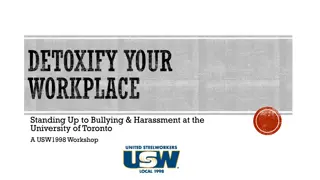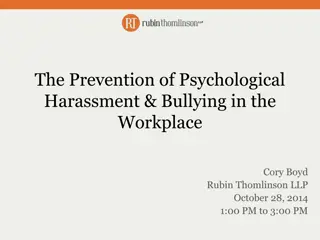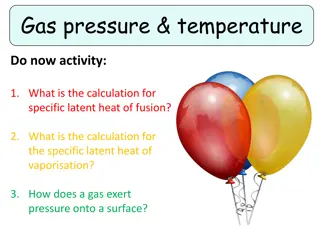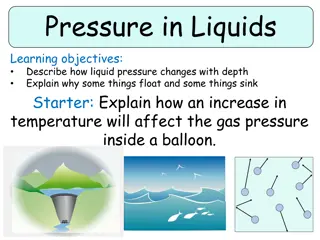The Dangers of High Pressure Systems in the Workplace
High-pressure tools and systems pose significant risks, including fluid injection injuries that can occur at pressures as low as 100psi. Case studies highlight the fatal consequences of inadequate safety measures, such as incompatible pressure relief mechanisms and unsecured sealing mechanisms. Lessons learned emphasize the importance of protective measures like gloves, eye protection, and appropriate hand positioning to prevent high-pressure fluid injection incidents. Additionally, an OSHA example underscores the severe consequences of modified equipment in high-powered water blasting situations, leading to fatal injuries due to a massive loss of blood.
Download Presentation

Please find below an Image/Link to download the presentation.
The content on the website is provided AS IS for your information and personal use only. It may not be sold, licensed, or shared on other websites without obtaining consent from the author. Download presentation by click this link. If you encounter any issues during the download, it is possible that the publisher has removed the file from their server.
E N D
Presentation Transcript
Risks of High Pressure Toolbox talk
What is it? and how can it occur? High pressure systems open and closed systems Common injuries Fluid injection can penetrate into the skin at pressures as low as 100psi
Case StudyHydraulic Ram 17/05/2017 What happened? Ram ruptured and high pressure hydraulic fluid erupted. Hitting the worker and causing fatal injuries. How did it happen? The hydraulic ram and power pack was built by the victim s employer using a ram sourced from an excavator. The pressure relief mechanism on the power pack was not compatible with the ram s safe operating pressure
Case studyHydraulic Torque wrench What Happened? Seal between the swivel manifold post and the cassette failed. High pressure hydraulic fluid ejected and penetrating through their glove and into finger.
Case studyHydraulic Torque wrench Why did it happen? The swivel manifold post screws were not adequately secured. This allowed for the sealing mechanism to fail. The risk of high pressure fluid injection had not been identified. There is a focus on safely using these tools, however this has been on pinch points Example of pressure injection injury and surgery required
What we learnt? Minimum site requirements for the use of these tools which stipulates the following controls: Protective sleeve over fittings Hydraulic Fluid Protection Gloves - https://www.youtube.com/watch?v=XgjzCNkVnlw Double eye protection Kevlar apron (job specific) Workers to hold a card for medical personnel to be aware of the risk of hydraulic fluid injection Appropriate hand positioning
High Powered water blasting OHSA example What happened? Operating high-powered water blasting control gun, with an approximate 9,500 p.s.i. to clean the interior of a tank. Accidentally sprayed his thigh This resulted in a severe laceration to his thigh Crawled from the tank, but later died from his injuries due to a massive loss of blood Why did it happen? Front barrel of the water blasting control gun, was modified from the originally manufactured length of 48 inches to a length of 28.13 inches





